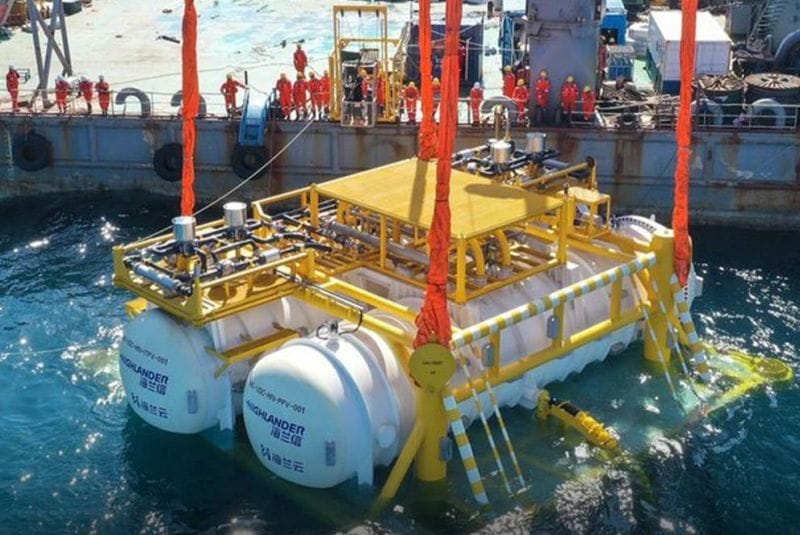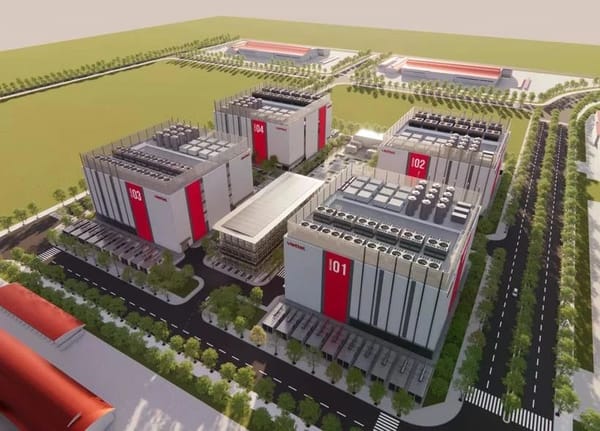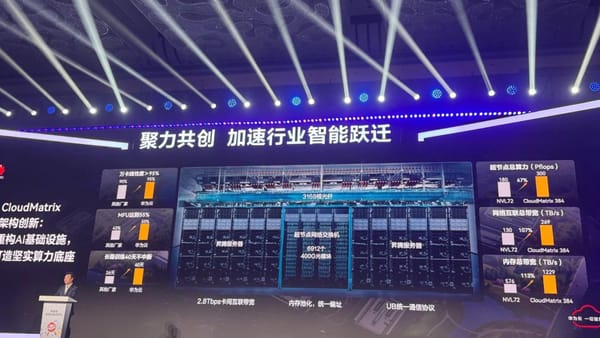The case for building underwater data centres
Why go underwater and what are the challenges?

China's Hicloud made the news in Feb for adding an AI data centre to its underwater cluster off Hainan. Why go underwater and what are the challenges?
Why are some tech firms lowering data centres into the sea? What advantages does it offer, and why aren't more data centre operators doing it?
Under the sea
There is only one advantage of underwater data centres: cooling. By using seawater to cool servers down, it's possible to do away with chillers or cooling towers.
How does it work? Microsoft pioneered underwater data centre technology with Project Natick, with multiple phases that started in 2014 and ended last year.
What we know about it:
- Seawater is drawn in and used to cool the air.
- Warmed seawater is expelled back into ocean.
- The chilled air is circulated to keep servers cool.
- Data centre is a sealed nitrogen-filled environment.
With cooling practically free, the data centre is able to achieve a much higher energy efficiency with a PUE of 1.1 cited.
Another advantage: The controlled, inert environment means servers last far longer than in a control setup on land.

Highly vulnerable
It's not all a bed of roses.
An undersea data centre has unique vulnerabilities, namely:
- Marine heat waves can compromise cooling.
- Highly vulnerable to sabotage such as cable splicing.
- Barnacle formations and biofouling can impact cooling.
Even if the vulnerabilities can be overlooked, an underwater data centre must be engineered to a far higher level of resilience and redundancy.
The reason? Salt water is highly corrosive and even a small leak will be catastrophic. Moreover, it is next to impossible to "service" an undersea data centre.
Whatever servers and GPUs you seal into the container and lower onto the seabed is likely what you have until it is decommissioned.
Microsoft says no future plans
It is telling that Microsoft after years of working with underwater data centre technology, says it has no plans to continue with the endeavour after ending Project Natick in 2024.
On the other hand, Highlander - which owns Hicloud, has ambitious expansion plans that include deploying up to 100 such modules at the Hainan site eventually.
What do you think? Did Highlander manage to figure out something Microsoft couldn't?




